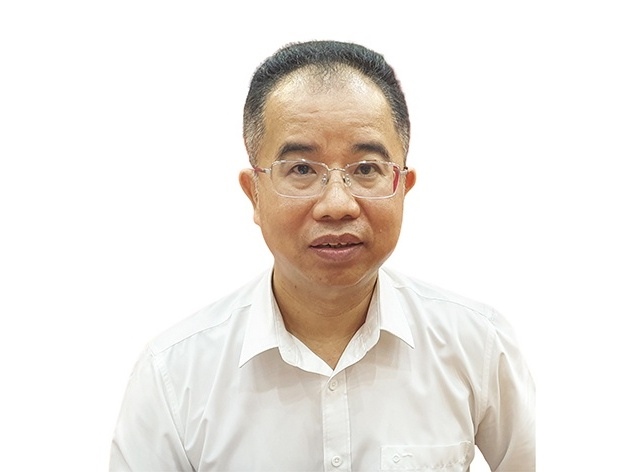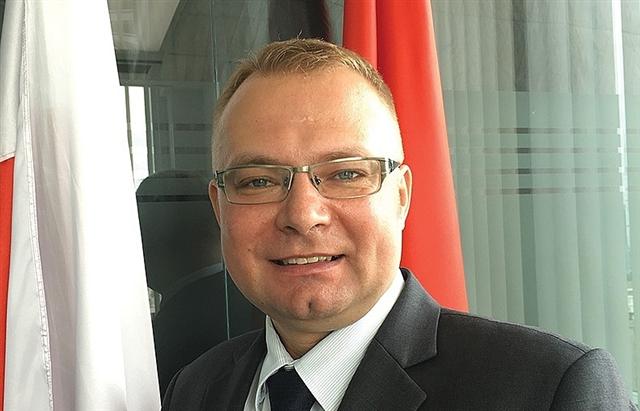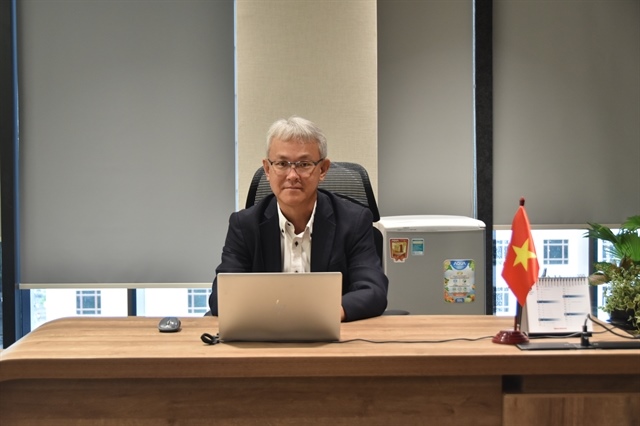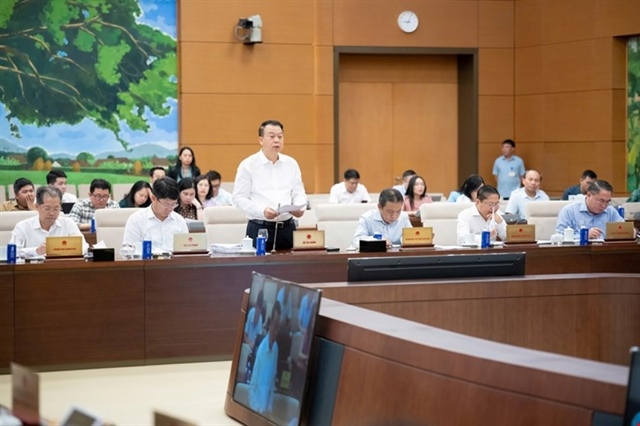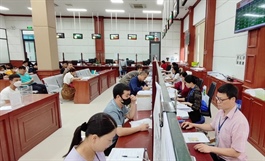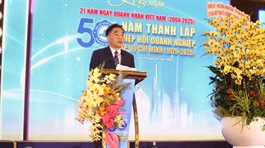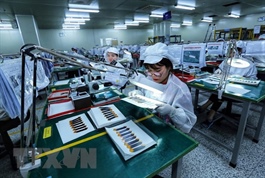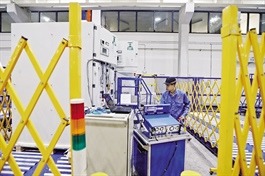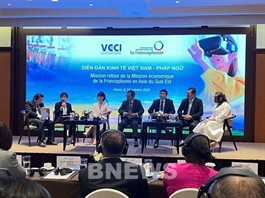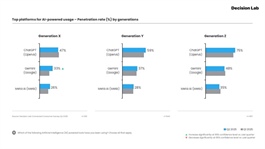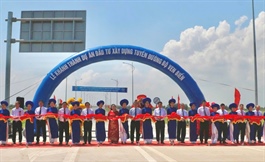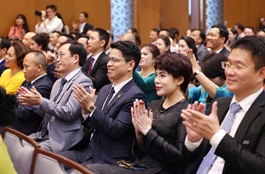Ca Mau sets out ambitions for comprehensive development
Ca Mau sets out ambitions for comprehensive development
Ca Mau province seeks to establish itself as a growth pole in the Mekong Delta following its incorporation of Bac Lieu province.
The first congress of Ca Mau Party Committee for the 2025-2030 term, scheduled for October 16-17, holds profound historical significance, marking a new developmental milestone for the southernmost tip of Vietnam following its merger.
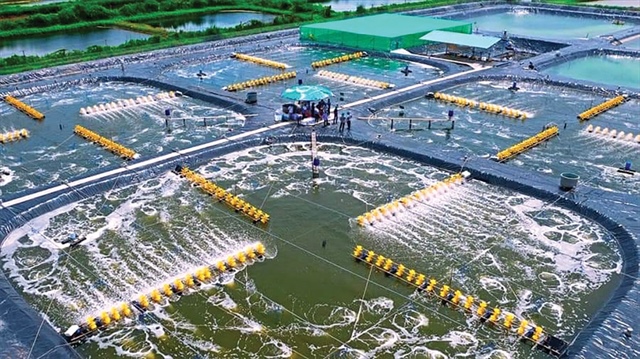
Across aquaculture, foresty, agriculture, culture, energy, and much more, Ca Mau is a land of promise |
With three strategic breakthroughs focusing on institutional reform, personnel, and synchronised socioeconomic infrastructure, which align with the government’s socioeconomic development programme, the province has outlined a comprehensive development strategy across all sectors, fostering confidence, ambition, unity, responsibility, and self-reliance.
In addition, it aims to enhance human resource quality, encourage the development and concretisation of regulations within its authority, decisively address obstacles, unlock resources, and create momentum for development, with a resolute goal of achieving double-digit growth rates during the 2025-2030 term.
Furthermore, the province aims for robust industrial development, particularly in renewable energy and agro-aquatic processing industries.
The province will restructure its industrial sector in alignment with key economic corridors, growth poles, and dynamic regions. It will encourage the formation of interconnected industrial clusters and modernise labour-intensive industries. It will promulgate policies to develop key industries such as energy, agricultural, forestry, and aquatic product processing, preservation, services, culture, and tourism.
The locality will accelerate the implementation of ventures in valid economic zones and industrial areas to enhance investment efficiency, address issues (especially land clearance), and simultaneously focus on attracting investment to develop Nam Can Economic Zone, linked with Hon Khoai Port logistics. It will review industrial parks and clusters with favourable transportation infrastructure connections to prioritise land clearance and investment attraction.
Besides that, the gas-power-fertiliser industrial cluster will be expanded per the plan, and it will plan areas along Ca Mau-Dat Mui Expressway, focusing on areas such as Tri Phai, Thoi Binh, Ho Thi Ky, Khanh Binh, and Luong The Tran for industrial development. The province will also establish industrial areas as well as services to support the agriculture growth in concentrated production areas, particularly develop rice processing plants and rice-based product facilities for export in regions with large raw material zones and favourable water and land transport.
Ca Mau will implement Resolution No.70-NQ/TW on ensuring national energy security by 2030, with a vision to 2045 effectively. It will prioritise energy infrastructure development, particularly for new and clean energy, to ensure energy security for scientific and technological advancement.
The province will also prepare an electricity export project, and will expedite the Bac Lieu liquefied natural gas power plant and swiftly implement wind power projects for 2026-2030, while attracting investment in new energy sources alongside synchronised technical infrastructure development.
Meanwhile, Ca Mau will boost development of agricultural product processing, wood, aquatic products, salt, garments, and agricultural machinery industries to support agricultural production. It will prioritise adjusting the planning to draw in aquatic processing plants, animal feed, and veterinary medicine facilities for value chain links in agriculture, particularly the shrimp industry.
Industrial and handicraft development will align with labour structure transformation (especially in agriculture) to create jobs and increase incomes. Traditional craft villages will be preserved and developed in a sustainable direction in combination with tourism.
It will shift its rural economic structure towards green, ecological, circular, and value-chain models. It will also promote services, culture, tourism, marine-based economies, and synchronised infrastructure development. State-owned enterprises will be innovated and improved, while the private sector will be developed as a driving force for growth. The province will further encourage collective economies, focus on attracting foreign direct investment, and develop other economic models.
A highlight of this congress is its adoption of a paperless format, applying IT and digital transformation to Party activities. This aligns with Ca Mau People’s Committee plan issued in June on the issue, laying the foundation for effective digital governance, enhancing administrative and management capacity, and better serving citizens and businesses.
- 14:13 15/10/2025



